The Met Museum Pulls Out All the Stops in Its Quest for Camp
At the annual Costume Institute exhibit—preceded by the social-media blockbuster known as the Met Gala—clothes are the undeniable star. But this year, architecture and design share the equivalent of above-the-title credit.
That may be the second big eyebrow-raiser of 2019's event. Gasps are usually reserved for the Gala's red carpet, but this year they started coming with the announcement of the theme: "Camp: Notes on Fashion," based on Susan Sontag's classic 1965 essay on the appeal of a certain class of things that are extra. (From the piece: "No. 10: Camp sees everything in quotation marks.")
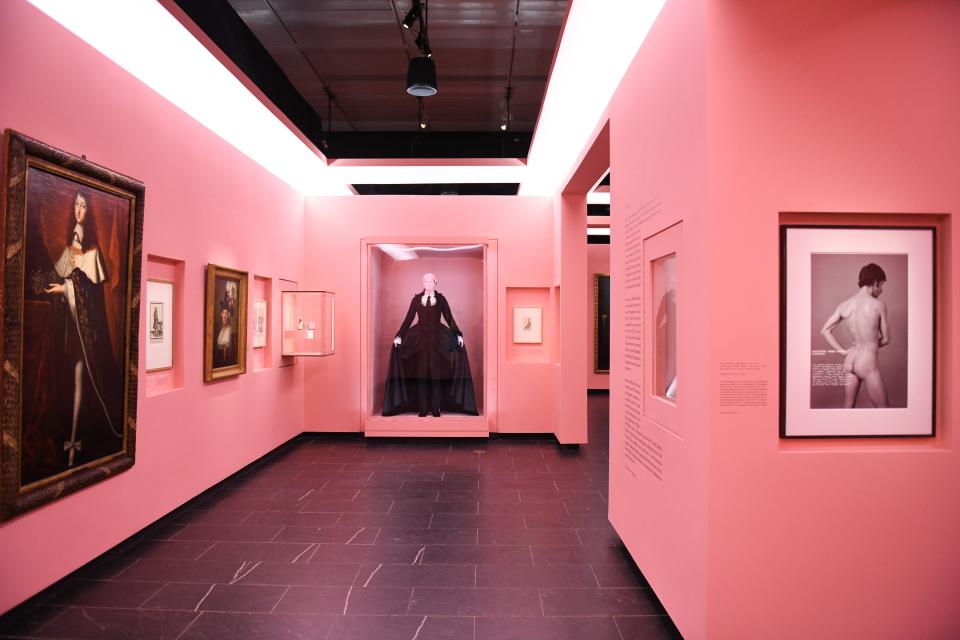
“Camp - Notes on Fashion”:press preview
Observers took a moment to process how the pioneering piece of criticism would translate, but to Andrew Bolton, the Wendy Yu Curator in Charge of the Costume Institute, the show made immediate sense. "We always try to come up with a theme that speaks to the zeitgeist and reflects the times in which we're living," he says. "But camp resonated to me beyond what we're seeing socially and culturally. Certain art forms better lend themselves to camp more than others, and fashion is one of them. It can be about theatricality and performativity. There is artifice and exaggeration."
Exhibit A: dad sneakers. "There are various moments when camp has come to the fore, almost to become the defining characteristic of the era," adds Bolton. "One was the 1960s, one was the '80s, and again now. All three eras have had social and political turmoil; I think camp comes to the fore, because it's political."
Clearly, a clever spin on spectacle was called for in the exhibition space. That's why Bolton selected Jan Versweyveld, the acclaimed Belgian theatrical designer, who was just nominated for two Tonys in recognition of his scenic and lighting designs for the Broadway production of Network. To stage the classic 1976 movie about a news anchor's messianic rise and deterioration, Versweyveld created a slick, thrilling array of screens, monitors, and projected images that amplified and commented on the action. But instead of a romp through garish '70s, well, camp, the look was a sleek, chilly modern nightmare.
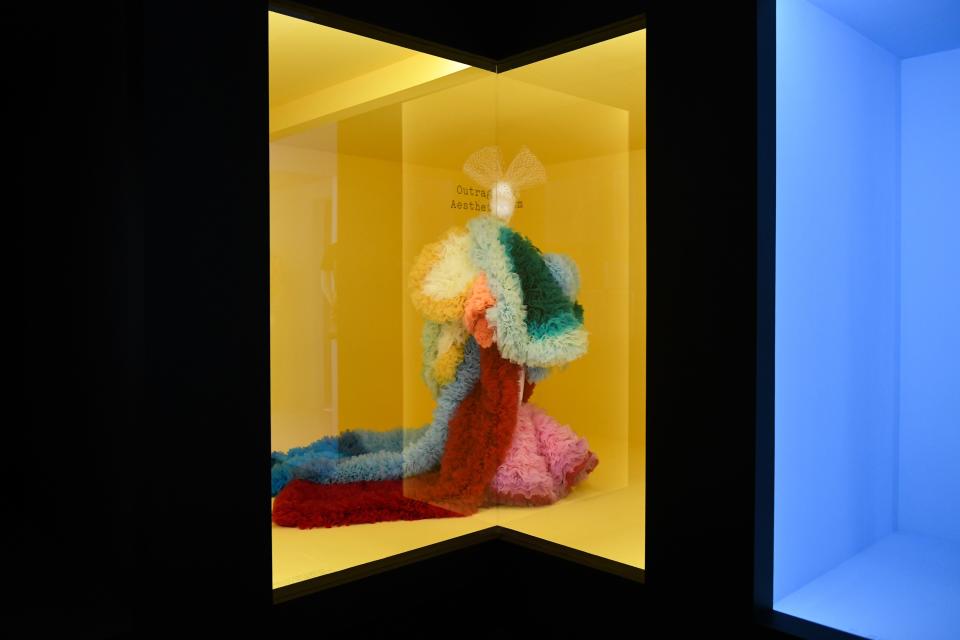
“Camp - Notes on Fashion”:press preview
"I was flabbergasted that Andrew would ask me, a minimalist, to design a show about camp," says Versweyveld, who says he wasn't overly familiar with the concept at first. "I never could've imagined that camp and fashion would be such a vast, fantastic thing to work with. And then my eyes opened, and I was in love with the subject."
"I've always admired his work," says Bolton. "The clothes themselves are so imbued with camp that I didn't want a background scenography that competed with it. There's a quietness and a seriousness to Jan's work that I actually think reflects camp. People dismiss camp as frivolous, but it's a really serious aesthetic."
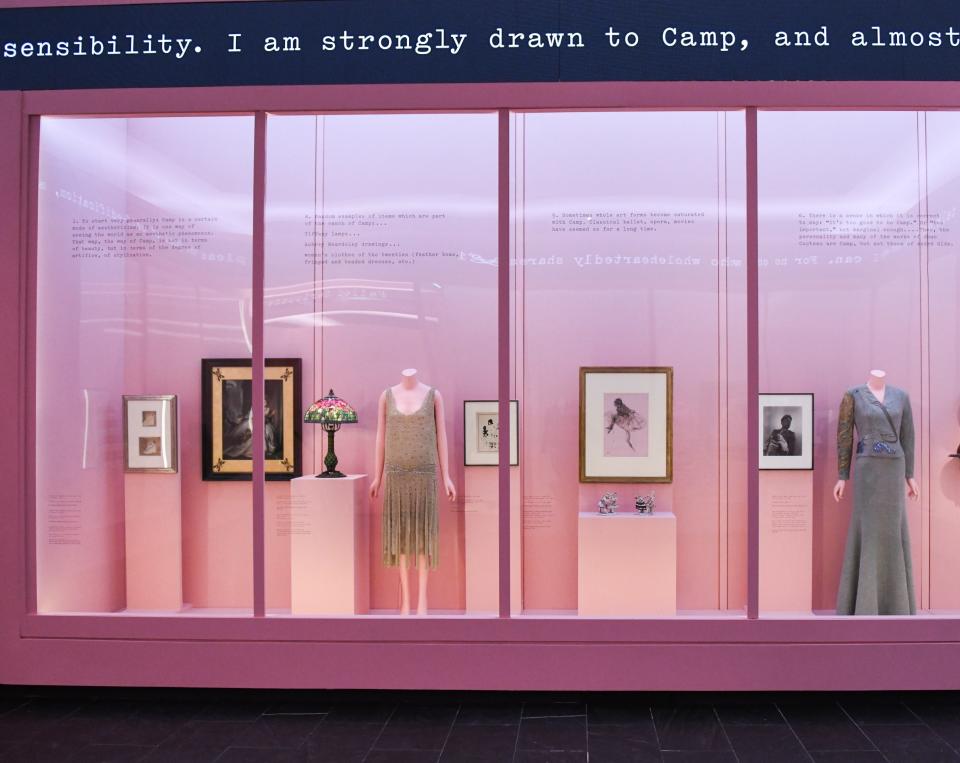
“Camp - Notes on Fashion”:press preview
Inspired by Versweyveld's frequent use of text in his work, the exhibition was loosely structured around the etymological origins of camp—as a verb, adjective, and noun, says Bolton. Versweyveld began his design process as he would with a new play. "I see Andrew as kind of a director, who's writing the story at the same time, which is not always easy, and I'm the one who has to relate to it and mold it in a design that will bring out the best in what he's intending to show," says Versweyveld. "I felt really at home. I could relate to Andrew, the Met, and the collaborators as I relate to people in the theater. It's a lot of departments, a lot of things changing, and I'm very open to it."
The exhibition begins in the 1600s at the court of Versailles, the era of Louis XIV. "He didn't know he was inventing camp, but he did!" says Versweyveld, who created a warren of rooms that grows as the decades progress, ultimately opening into a large Venetian-style piazza. In the space dedicated to Sontag, text from "Notes on Camp" is seen being typed out in real time, running above the fashions. The penultimate room combines fashion with art, both high and low, from masterpieces to product design. Versweyveld took a similar fusion-based approach to his design. "To me, light and space are the same thing; they come together," says Versweyveld. "I'm not an experienced exhibition designer, but being able to think in that unity helped."
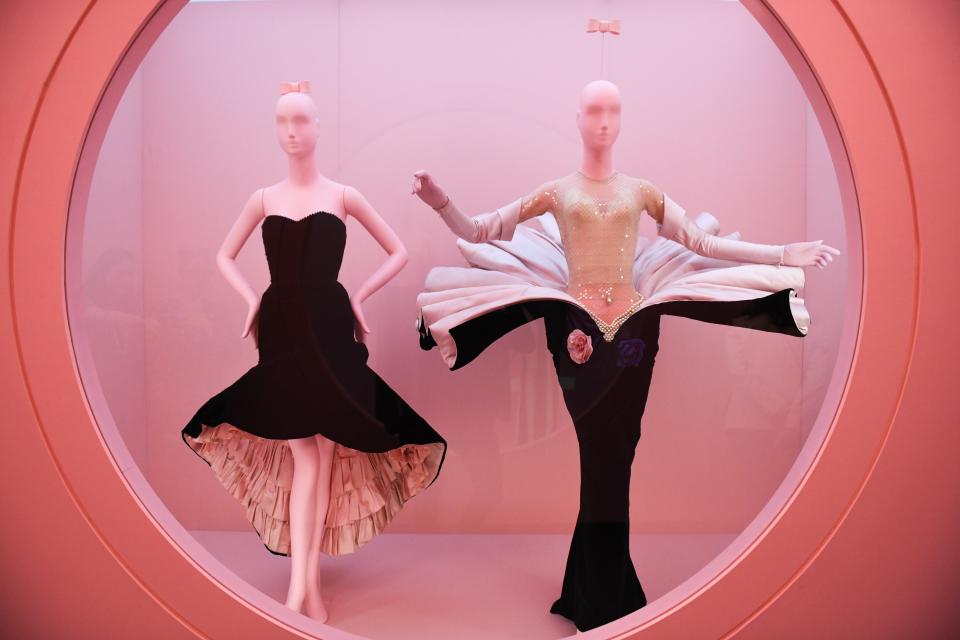
“Camp - Notes on Fashion”:press preview
With no shortage of potential exhibits, Bolton arrived at a fairly simple selection criterion. "As I was going through everything, my defining characteristic was, 'Is this too much?'" he says. "Because 'too much' is one of the most defining characteristics of camp—too many sequins, too many feathers, too many bows. That was always my yardstick."
Although the show is dedicated to the pursuit of irony, both men would like visitors to the show to come away with a distinct message. "I'd like people to see the serious side of camp, and realize it's important to our culture—it's central to our culture," says Bolton. "It's a lovely leveling of arts and the world. As Sontag says, in camp Flash Gordon is as important as a Caravaggio painting. There's a very all-embracing democracy to it."
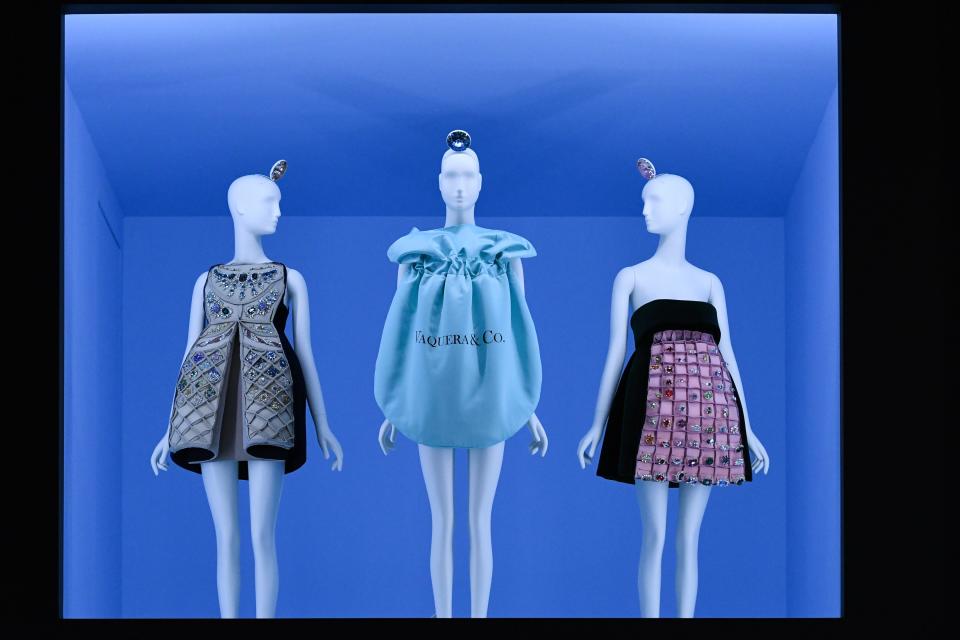
“Camp - Notes on Fashion”:press preview
"I hope it will change how people think of fashion a bit, as an art form that shapes our society and our world," says Versweyveld. "I was so surprised to see how true camp is a mirror of our society, and it gives us a mirror. It dares to ask us questions about how we're living. Although people may think fashion is an elite form of art, I hope this show makes the opposite clear."

